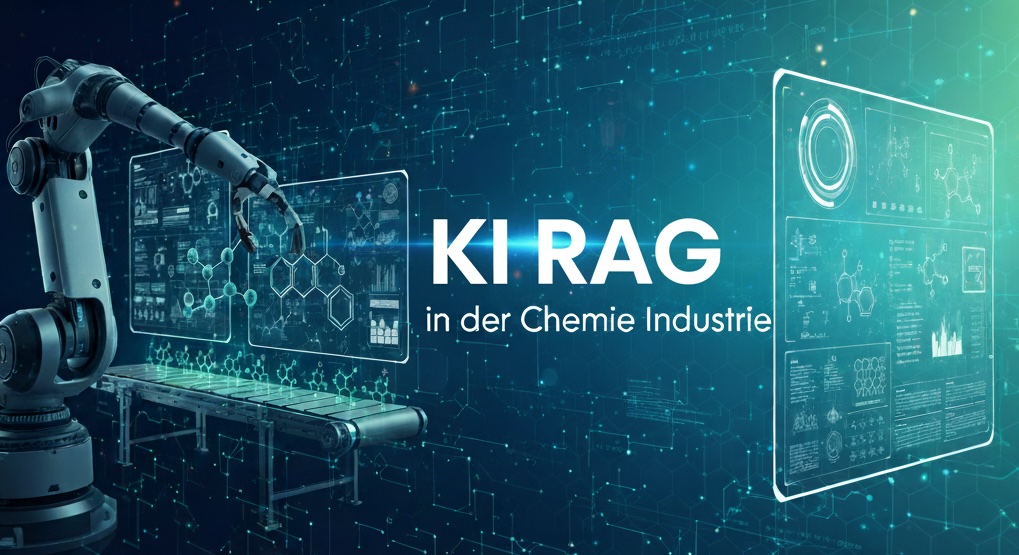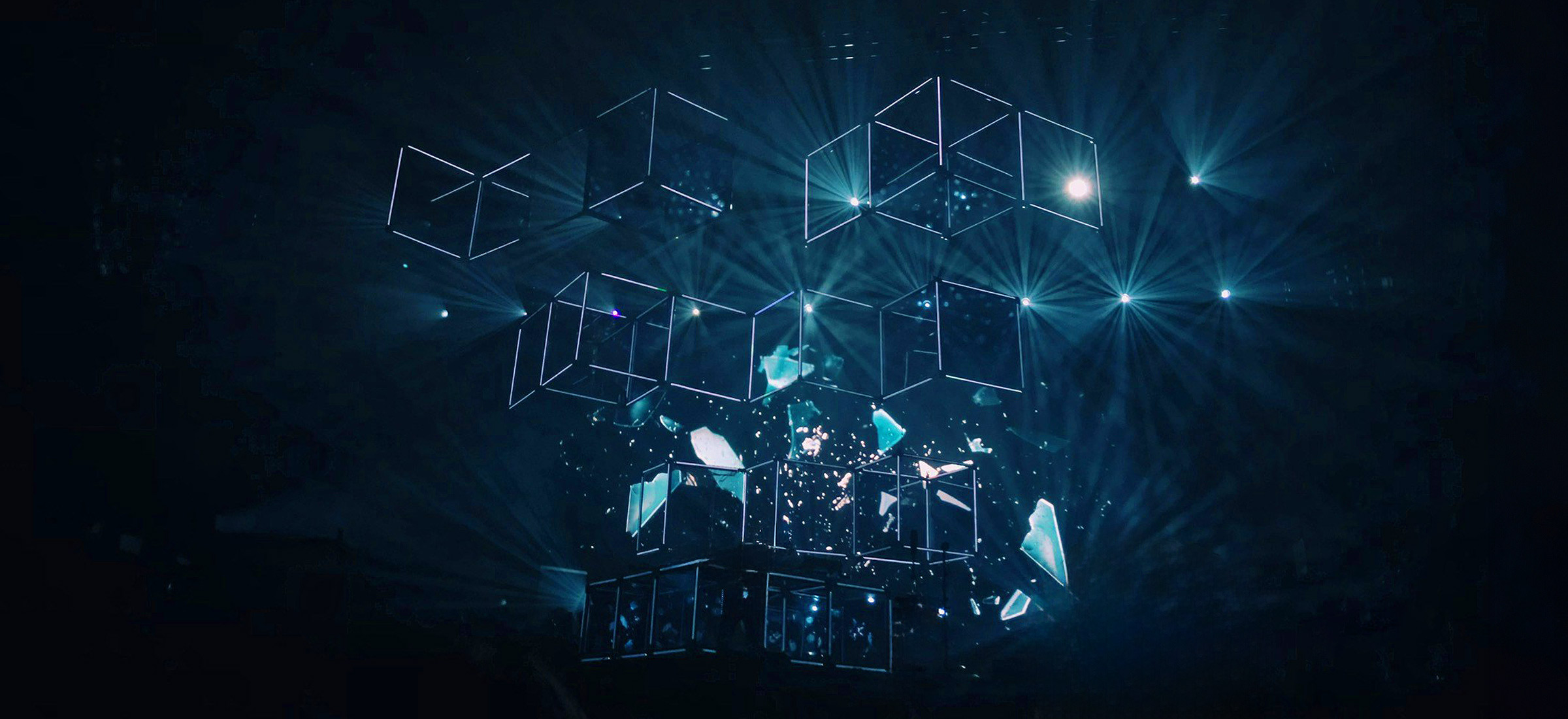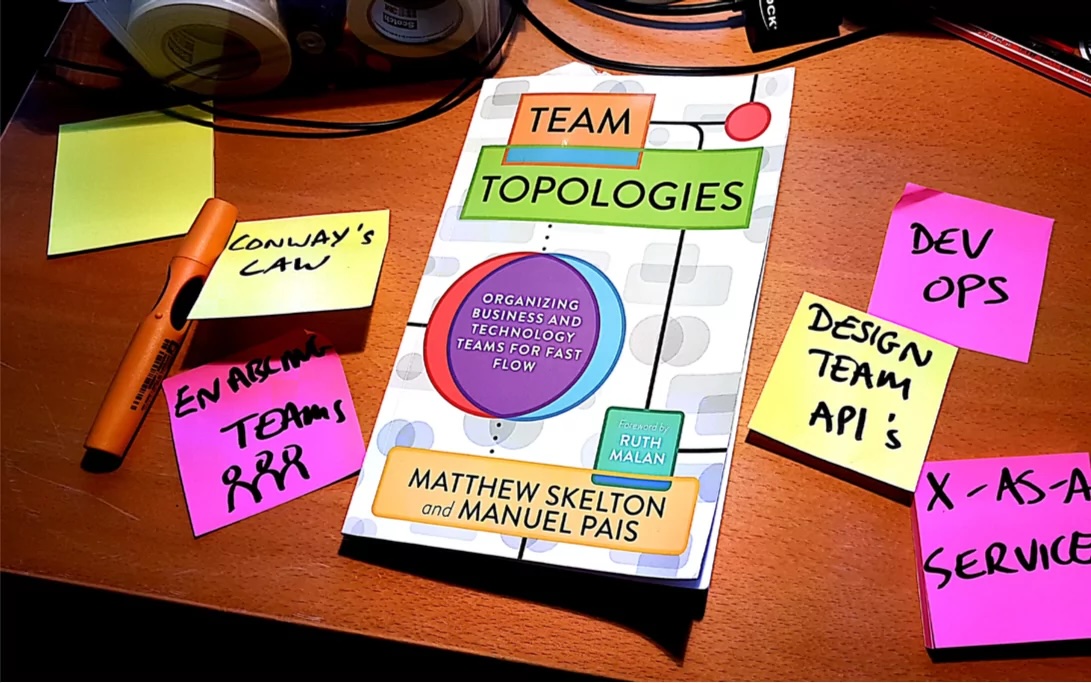Legacy systems are more than just a technical inconvenience; they represent a growing, active business liability. They are the digital equivalent of crumbling infrastructure, limiting agility, exposing the organization to unacceptable risks, and actively preventing growth in a competitive digital landscape. Leaders face a central dilemma: the known pain of the existing legacy system versus the perceived monumental risk and cost of a complete re-write, the so-called "Big Bang" approach. Many such projects have high failure rates from the outset, leading to a state of organizational paralysis.
However, there is a third way. This report outlines a pragmatic, evolutionary path that enables the safe, incremental modernization of core systems while they remain in operation. This approach de-risks the entire process, delivers value faster, and is guided by a fundamental principle of system development. This report provides a concrete plan for this strategy, demonstrating how organizations can not only decommission their technological liabilities but transform them into a springboard for future innovation.
Legacy systems consume a disproportionate share of the IT budget. These are not just operational costs but include the high expenditure on sourcing scarce hardware parts and specialized expertise for outdated technologies. The average cost of maintaining a single legacy system can be as high as $30 million per year. These funds are directly siphoned from innovation budgets, cementing technological backwardness.
These systems are notoriously rigid, preventing adaptation to new market demands. They create data silos where critical information is trapped, making it impossible for different departments to access and leverage it. This directly inhibits the ability to become a data-driven organization. Studies show that data-driven companies are 19 times more likely to be profitable, a competitive edge that remains unreachable with siloed systems.
Outdated systems with discontinued vendor support and no security patches are prime targets for cybercriminals. The average cost of a cyberattack in 2023 was a staggering €9.48 million. This makes legacy systems a massive, unmitigated risk to finances and reputation. Every vulnerability is an open invitation for attackers, potentially leading to data breaches, operational disruptions, and hefty regulatory non-compliance penalties.
Organizations are seeing a significant decline in mainframe expertise, with many positions remaining unfilled. Simultaneously, it is difficult to onboard new hires onto unfamiliar, poorly documented systems. This creates a dangerous dependency on a few key individuals who could leave or retire, dramatically increasing operational risk.
These problems are not isolated but create a self-reinforcing negative cycle. High maintenance costs drain the budget that could be used for innovation. Lack of innovation makes the company less competitive, reducing the revenue needed to fund modernization. The shrinking talent pool further increases the cost and risk of maintenance, exacerbating budget constraints. This cycle accelerates over time, causing the problem to grow exponentially. The decision, therefore, is not static. The cost and risk of inaction are increasing non-linearly. The longer an organization waits, the harder and more expensive the escape route becomes.
To establish the philosophical foundation for the recommended approach, one must understand why the "Big Bang" approach to re-writing from scratch is fundamentally flawed. This is where Gall's Axiom comes into play.
The axiom, formulated by systems theorist John Gall, unequivocally states: "A complex system that works is invariably found to have evolved from a simple system that worked. A complex system designed from scratch never works and cannot be made to work. You have to start over again with a working simple system."
The reason is simple: complex systems are riddled with unknown variables and interdependencies. It's impossible to anticipate all of these upfront in a "from scratch" design. Because the system has not been exposed to the selective forces of a real-world environment during its development, it will inevitably fail in unexpected ways. The "Big Bang" or "rip-and-replace" modernization strategy is the direct application of this flawed approach. It's a high-stakes, all-or-nothing gamble that violates a fundamental principle of systems theory. Real-world examples of such failures, like the BBC's Digital Media Initiative (DMI), starkly underscore this risk.
Gall's Axiom is more than just a rule of thumb for developers; it's a principle for C-level risk management and capital allocation. It dictates that funding large, monolithic projects is inherently riskier than funding a series of smaller, iterative projects that build on proven success. It transforms IT project governance from a "single-outcome bet" to a "portfolio of evolving capabilities." A "Big Bang" project requires a massive upfront investment based on assumptions about a future complex state. Gall's Axiom states that these assumptions are highly likely to be incomplete or incorrect. Therefore, the "Big Bang" investment model is predicated on a high probability of failure or significant cost and time overruns.
An evolutionary approach, on the other hand, begins with a small investment in a simple, working system, like a Minimum Viable Product (MVP) or the first microservice. This initial step validates core assumptions and delivers tangible, albeit small, value. Subsequent investments are then based on the proven success of the previous stage, not speculation. Each step de-risks the next. Embracing Gall's Axiom at the leadership level means a shift in the funding and governance model. Instead of asking, "What is the total cost of the new system?", the question becomes, "What is the cost of the next viable, value-delivering step?". This aligns IT investment with modern agile and venture capital principles, maximizing the chances of success while minimizing catastrophic risk.
The Strangler Fig Pattern is the practical, actionable methodology that brings Gall's Axiom to life in the context of legacy modernization.
The powerful analogy of the Strangler Fig, which slowly grows around a host tree and eventually replaces it entirely, makes the concept intuitive and memorable. In the software context, this means building new functionalities around the existing legacy system and gradually redirecting calls to the new components. A facade or proxy layer manages this traffic redirection.
This continues until the old system's functionality is completely "strangled" and can be safely decommissioned.
This approach is inherently low-risk, as the legacy system remains operational throughout the transition. It enables continuous value delivery, as new components are deployed sequentially, securing early wins and maintaining project momentum. It is the exact opposite of the disruptive, high-risk "Big Bang." The following table compares the two approaches, highlighting the strategic advantages of the evolutionary path.
| Metric | "Big Bang" Re-write | Strangler Fig Pattern (Evolutionary) |
|---|---|---|
| Project Risk | Maximum Risk: An "all-or-nothing" gamble, often leading to complete failures or massive budget overruns. | Minimal Risk: Risk is contained to small, incremental changes. Allows for easy rollback of individual components. |
| Upfront Investment | Massive: Requires full funding of the entire project before any value is realized. | Low: Investment occurs incrementally. Starts with a small pilot and scales based on success. |
| Time-to-First-Value | Years: No value delivered until the entire project is complete, at which point requirements may be stale. | Weeks or Months: Value delivered with the first successful microservice deployment, leading to early wins. |
| Operational Disruption | High: Requires a hard cutover, often resulting in significant downtime and operational chaos. | Minimal to None: Legacy system remains operational. Users are transitioned seamlessly and incrementally. |
| Feedback Loop | Long and Delayed: Real-world feedback only comes after full project deployment, when it's too late to pivot. | Short and Continuous: Each new service provides immediate feedback, allowing for strategy adjustment and improvement. |
| End Result | Unpredictable: High likelihood of a failed system that doesn't meet business needs. | A working, modern system that has evolved under real-world selective pressures. |
To demystify the core technologies – Apache Kafka and Debezium – their roles must be explained in business-oriented terms. This section answers the question: "What tools are we using, and why are they the right ones?"
Apache Kafka is not a simple message queue but a distributed event streaming platform – a central nervous system for data. Producers (like the legacy system) publish "events" (e.g., "order created") to Kafka, without knowing or caring who will consume them. Consumers (like the new microservice) subscribe to these events independently.
The business value of decoupling is the critical point here. Decoupling means the new and old systems don't need to be tightly integrated. You can take the legacy system offline for maintenance without stopping the new services. You can add more new services to consume the same data without ever touching the legacy system again. This breaks dependencies and creates agility. Kafka's persistence is also a key feature: it stores events durably, meaning no data is lost if a consumer fails. This allows for replayability and provides a safety net.
Change Data Capture (CDC) is the pattern for tracking data changes at the source. Debezium's elegant approach is to read the database's transaction log – the same log the database itself uses for recovery. It does not poll the database and requires no changes to the legacy application's code or database schema.
The business value of non-invasiveness is the defining characteristic for a legacy migration. You can stream every single INSERT, UPDATE, and DELETE operation from the legacy database in real time, without adding overhead to it and, most importantly, without risking destabilizing the fragile legacy system. Debezium acts as a perfectly safe, unidirectional data valve.
The following table serves as a simple reference card for non-technical leaders. It clarifies the specific job of each main component in the architecture, preventing confusion and building a solid mental model.
| Component | Role in the Architecture | Analogy |
|---|---|---|
| Legacy Monolith & Database | The "Host Tree." Continues to run core business, but is the source of truth for data that needs to be migrated. | The Old Power Plant |
| Debezium | The "Data Tap." A non-invasive tool that safely plugs into the legacy database's transaction log, capturing every change as it happens. | The Smart Meter at the Power Plant |
| Apache Kafka | The "Central Nervous System." A highly scalable, reliable platform that receives data events from Debezium and makes them available to any new service that needs them. It decouples the old from the new. | The Modern Power Grid |
| New Microservice & Database | The "New Vine." A new, lightweight, modern application that consumes data from Kafka to perform a specific business function, gradually taking over duties from the monolith. | A New, Efficient Factory |
This section provides clear, step-by-step strategic guidance, translating theory and technology into a repeatable process that leadership can understand, support, and monitor.
Begin by identifying a single, well-defined business capability to extract. Use techniques like Domain-Driven Design to find a "bounded context" with minimal dependencies. The first building block should be valuable but not on the most critical path, to prove the model with low risk.
Configure a Debezium connector to monitor the specific database tables belonging to the chosen building block. Debezium performs an initial consistent snapshot of the data, then seamlessly moves to streaming real-time changes (inserts, updates, deletes) from the transaction log. This occurs without any modification to the legacy application.
Debezium publishes the captured change events into dedicated Apache Kafka topics. For example, changes to the customers table go into a db.legacy.customers topic. This topic now acts as a durable, real-time source of truth for that data entity, available enterprise-wide.
Develop a new, lightweight microservice that fulfills the business function of the selected building block. This service does not connect to the legacy database; its sole data source is the Kafka topic. This forces decoupling from the start. This aligns with Gall's Axiom: you are building a simple system that works.
Implement the facade/proxy layer. Initially, route only read requests for the target functionality to the new microservice. The legacy system continues to handle writes. This "parallel run" allows you to validate the performance and accuracy of the new service against the old one with real production traffic but no risk. Once validation is successful, you can begin routing writes to the new service as well. Data consistency is maintained by having the new service publish its own events or stream its database changes back to the legacy system via another CDC pipeline, if temporary bidirectional sync is required.
Once the new microservice has proven its stability and fully taken over the functionality, the old code in the monolith can be deprecated and eventually removed. The facade is updated to make the route permanent. You have now successfully "strangled" a piece of the monolith. The process is then repeated for the next identified building block, building on the infrastructure, patterns, and team capabilities developed in the first cycle.
You are not eliminating complexity but replacing the known complexity of a monolith with the manageable complexity of a distributed system. This includes managing Kafka clusters, connectors, schema evolution, and network latency. The solution is to acknowledge this as a strategic trade-off. Invest in the right infrastructure and capabilities. Leverage managed cloud services (e.g., Amazon MSK, Confluent Cloud) to reduce operational overhead. Use Kubernetes and operators like Strimzi to automate deployment and management.
Ensuring data consistency between the old and new systems during the transition is not trivial. Dual-writes are notoriously difficult to get right. Eventual consistency can be challenging for systems requiring immediate "read-your-writes" semantics. For mitigation, Debezium and Kafka offer "at-least-once" delivery guarantees and preserve order, which is a strong foundation. For stricter consistency requirements, implement the "Outbox Pattern," where a service writes to its own database and an "outbox" table in a single atomic transaction. Debezium then reliably reads from this outbox table, ensuring no events are lost.
Teams may resist the new way of working or lack the skills in Kafka, Debezium, and microservices development. The incremental nature of the Strangler Fig pattern is itself a mitigation strategy. Start with a small, dedicated pilot team to build expertise. Their success will become an internal case study. Invest in training, communication, and highlight early wins to build momentum and demonstrate the benefits to the rest of the organization.
The "Big Bang" is a gamble against the principles of sound system evolution. The evolutionary path – guided by Gall's Axiom, implemented with the Strangler Fig pattern, and powered by Kafka and Debezium – is the superior strategic choice. The goal of this process is not merely to decommission a legacy system. It is to liberate the valuable data and business logic trapped within it.
This modernization effort is a Trojan horse for digital transformation. While the stated goal is to replace an old system, the lasting legacy of the project will be the creation of a real-time, event-driven platform. This platform will become the springboard for future innovation, enabling the enterprise to build new products, leverage AI/ML, and respond to market changes with previously unimaginable agility.
Leaders are urged to champion this strategic, low-risk, high-reward approach. It is the key to not just solving a pressing technical problem but future-proofing the organization for the next decade.
Insights from our Blog

Why standard AI systems fail in regulated markets and how a REACH-compliant RAG architecture provides the solution.
Intelligent Compliance: AI as a Strategic Imperative for the Chemie Industry
In industries where errors can cost millions, AI hallucinations are unacceptable. Discover how a purpose-built RAG system mitigates regulatory risks, ensures compliance with complex regulations like REACH, and turns compliance into a strategic competitive

Legacy Modernization: The Strategic Path
Transform with Kafka & Debezium, minimize risk.
Outdated IT systems represent a growing liability, hindering agility and blocking innovation. This article presents a proven, incremental approach to modernization. Discover how to renew your core systems step-by-step, minimizing risks and future-proofing

How centralized decision-making shapes organizations and where it falls short
Beyond Command and Control: Leadership by Design
Command and Control emphasizes strict hierarchies and streamlined authority. But in today’s fast-paced world, can this model still deliver – or is it a rigid approach in need of rethinking?

The four team types and interaction modes that power modern IT organizations
Team Topologies: Structuring Teams for Success
Team Topologies helps organizations design their teams for clarity, speed, and collaboration. Learn how strategic team structures can reduce friction and accelerate delivery.

Systemantics: When Systems Go Wrong
What complex systems teach us about failure, dysfunction, and unexpected behavior
Systems don’t always do what they’re designed to – they do what they can. In “Systemantics,” John Gall unpacks why systems fail, often in surprising ways. A thought-provoking look at complexity in action.
Let’s Make Things Happen